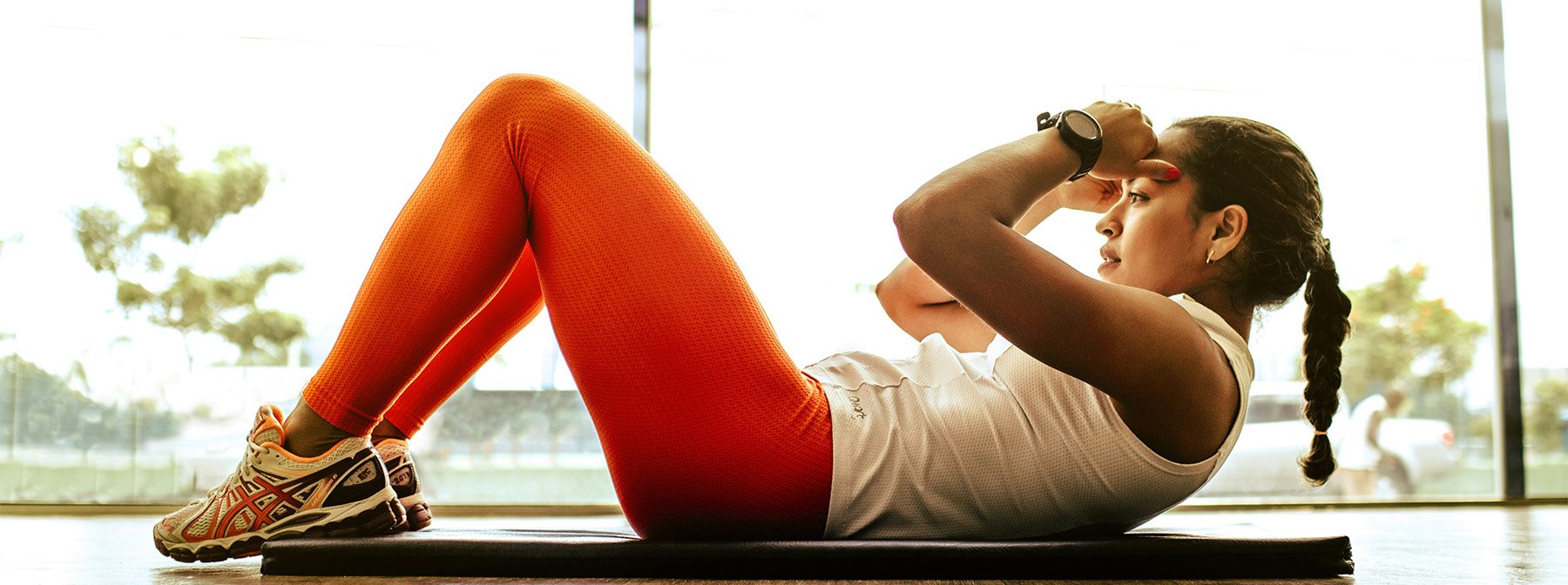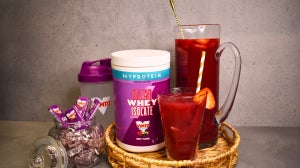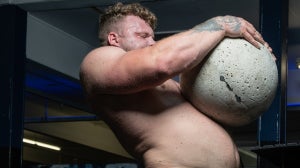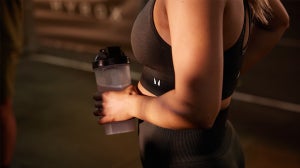
Written by Samantha Richardson.
Poor posture? Weak pelvic floor? Traditional ab exercises may not cut it.
Enter hypopressive training. It’s so simple, yet so effective. And the best thing is you can do it in the comfort of your own home, with no equipment.
Jump to:What is Hypopressive Training?
Many of the common core exercises — like crunches or Russian twists — increase pressure in the abdominal area, which can make them unsuitable for postpartum women with weakened pelvic floor muscles.
Hypopressive techniques were first developed in the early 1980s with the specific aim of helping this issue. They’re designed to strengthen the core and pelvic muscles without putting pressure on the abdomen and mainly involve breathing in and out fully and contracting the abdominal muscles.
Hypopressive exercise sessions are convenient and take up little time. 15-20 minutes, 3-5 times per week for a few months should be enough to begin feeling the benefits. But it is important to gradually develop this form of training — start off nice and easy and add in more challenging exercises one by one.
Please note: hypopressive training shouldn’t be performed if you are pregnant, have intestinal inflammation, or any other abdominal or spinal injury.
What are the Benefits of Hypopressive Training?
Hypopressive training can have benefits for anyone looking to improve their core strength, but can be particularly beneficial for women wanting to strengthen their pelvic muscles after childbirth.
As with many things, it’s better to begin slowly. At first, start with a few gentle contractions and gradually increase the number over time. And when contracting the pelvic muscles, make sure to bring your stomach inwards. Complete 3-5 times per week, ideally a few hours after eating.
Benefits of Hypopressive Training
Core strength
Hypopressive exercises can help strengthen the abdominal muscles without putting pressure on the area. This makes them a good choice of exercise for people with pelvic floor problems, helping them to improve their core strength.
Postpartum
After childbirth, it’s common for women to experience incontinence. Hypopressive exercises can help improve abdominal strength, which can help reduce incontinence.
Back discomfort
Hypopressive exercise may help with back discomfort likely caused by bad posture. The isometric and eccentric muscle contractions of hypopressive exercises generate a lengthening action of the myofascial chain — the structure at the back of the leg and spine.
Hypopressive Exercises
Exercise 1: Kneeling Position
- Get on your hands and knees on the floor or a mat. Position your hands directly under each shoulder and your knees under the hips.
- Take a deep breath in, then a deep breath out. Repeat twice.
- When you exhale for the second time, ensure you breathe out all the air.
- Now inhale deeply, bringing your stomach inwards, and hold for 10 seconds.
- Relax for a moment before repeating 3-5 more times.
Exercise 2: Leaning Position
- Stand upright, feet facing forwards and under your knees.
- Push back your hips slightly and lean over your knees.
- Place your hands on your thighs, fingertips facing inwards.
- Take a deep breath in through your nose, then a deep breath out through your mouth. Repeat twice.
- When you exhale for the second time, ensure you breathe out all the air.
- Now inhale deeply, bringing your stomach inwards, and hold for 10 seconds.
- Relax for a moment before repeating 3-5 more times.
Exercises 3: Seated Position
- Begin sitting on the floor or mat with your back straight.
- Make sure your knees have a slight bend and that your feet are flexed upwards.
- Place your arms onto your thighs with your elbows pointing outwards and your palms facing the ceiling.
- Inhale and exhale deeply a couple of times.
- When you exhale for the second time, ensure you breathe out all the air.
- Now inhale deeply, bringing your stomach inwards, and hold for 10 seconds.
- Relax for a moment before repeating 3-5 more times.
Exercise 4: Wide Leg Child’s Pose
- Kneel on the floor with your toes together.
- Push your knees outwards so they’re hip-width apart and tuck your heels under your backside.
- Bow forward, so your torso is between your thighs.
- Your arms should be out in front of you in a relaxed position, with your palms resting on the floor.
- Inhale and exhale deeply a couple of times.
- When you exhale for the second time, ensure you breathe out all the air.
- Now inhale deeply, bringing your stomach inwards, and hold for 10 seconds.
- Relax for a moment before repeating 3-5 more times.
Exercise 5: Lying Position
- Lie flat on your back with your knees bent and feet flat on the floor.
- Place your arms next to your body with your palms resting on the floor.
- Inhale and exhale deeply a couple of times.
- When you exhale for the second time, ensure you breathe out all the air.
- Now inhale deeply, bringing your stomach inwards, and hold for 10 seconds.
- Relax for a moment before repeating 3-5 more times.
Take Home Message
Like many things, progress takes time. It may take a little while for you to feel the benefits of these hypopressive exercises, but with a few months of patience and consistency, you may find yourself asking yourself why you didn’t start sooner.
FIND MORE TRAINING TIPS HERE

Full Week Of Training As A HYROX Athlete
Here's what a full week looks like for this HYROX champion.
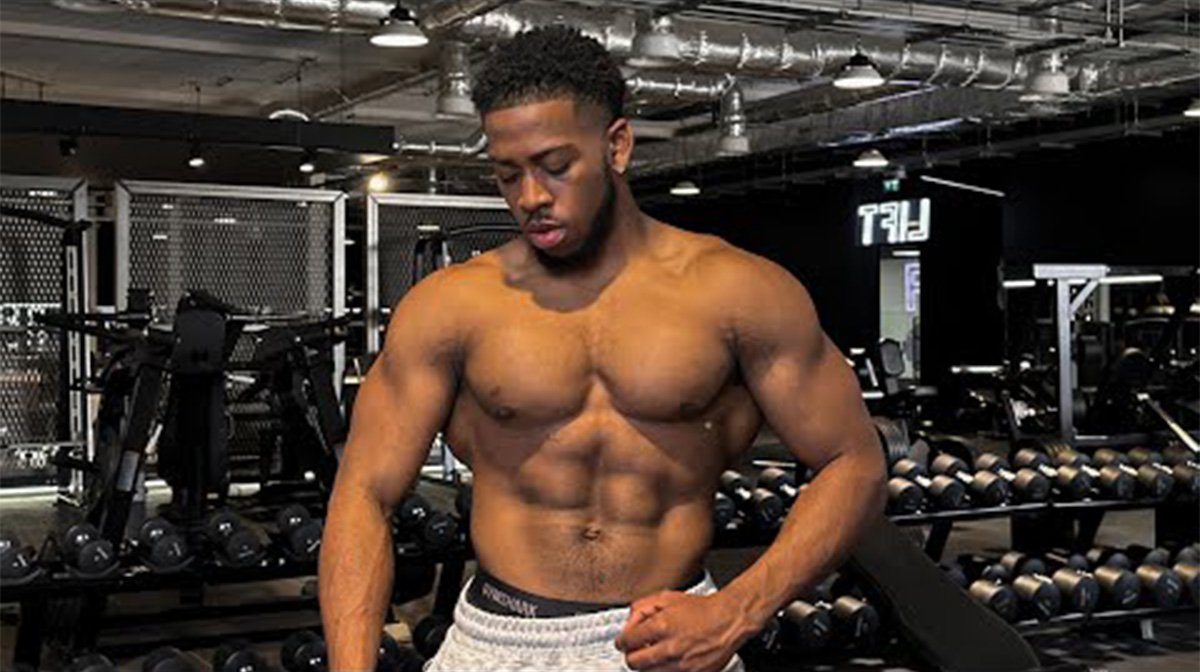
Nathaniel Massiah Workout Split
Powerlift like the European Champion himself.
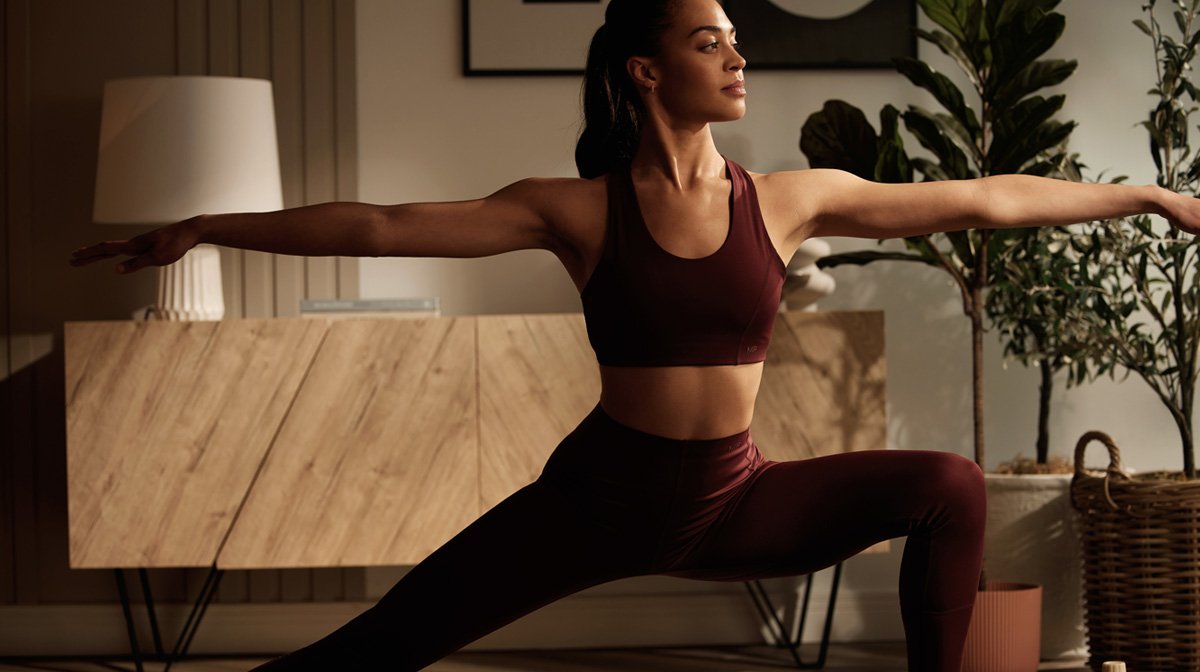
Cosy Cardio: The TikTok Trend Changing How You View Exercise
Now this is something we can get behind.
Our articles should be used for informational and educational purposes only and are not intended to be taken as medical advice. If you're concerned, consult a health professional before taking dietary supplements or introducing any major changes to your diet.

Related Articles

